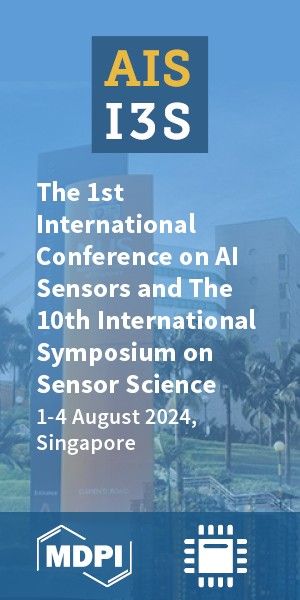Review
Version 1
Preserved in Portico This version is not peer-reviewed
Tachyonic Neutrinos: From the Cosmic Rays to Extragalactic Supernovae
Version 1
: Received: 28 July 2023 / Approved: 31 July 2023 / Online: 31 July 2023 (11:33:00 CEST)
Version 2 : Received: 31 July 2023 / Approved: 1 August 2023 / Online: 2 August 2023 (07:15:33 CEST)
Version 3 : Received: 2 August 2023 / Approved: 3 August 2023 / Online: 4 August 2023 (08:28:59 CEST)
Version 4 : Received: 5 August 2023 / Approved: 7 August 2023 / Online: 8 August 2023 (07:14:47 CEST)
Version 2 : Received: 31 July 2023 / Approved: 1 August 2023 / Online: 2 August 2023 (07:15:33 CEST)
Version 3 : Received: 2 August 2023 / Approved: 3 August 2023 / Online: 4 August 2023 (08:28:59 CEST)
Version 4 : Received: 5 August 2023 / Approved: 7 August 2023 / Online: 8 August 2023 (07:14:47 CEST)
A peer-reviewed article of this Preprint also exists.
Ehrlich, R. Tachyonic Neutrinos: From the Cosmic Rays to Extragalactic Supernovae. Symmetry 2023, 15, 1624. Ehrlich, R. Tachyonic Neutrinos: From the Cosmic Rays to Extragalactic Supernovae. Symmetry 2023, 15, 1624.
Abstract
The question of whether some neutrinos are tachyons remains unresolved although various evidence from cosmic ray and other data exists that the electron neutrino has an effective $m_\nu^2\approx -0.25 eV^2,$ which would require that one or more mass states is also tachyonic. In 2013 the $3+3$ model of the neutrino masses, which includes one tachyonic mass state, was proposed based on supernova SN 1987A neutrino data. Here we update evidence for tachyonic electron neutrinos and the $3+3$ model and discuss one test which could prove conclusive. The update of earlier evidence includes many new elements, including new data which makes the earlier cosmic ray evidence more robust, new results on cosmic ray composition, the ankle of the spectrum, leptonic cosmic ray data, and the statistical significance of finding the three large neutrino masses stipulated in the $3+3$ model. Barring a galactic supernova, which occur only around twice a century, a decisive test of the $3+3$ model could involve observing an extragalactic supernova neutrino burst, that is a cluster of neutrinos in a specific time window well beyond what chance would predict. Even though existing searches for such bursts have yielded only upper limits on the extragalactic supernova frequency within a certain distance, it is shown that the choice of a one-day window for possible neutrino clusters in time might be far more sensitive. A search using a one day time window could be done using existing data, and if a signal is found it would confirm the $3+3$ model. Of course, the absence of any day-long neutrino burst would not disprove the model, since it could mean only that the nearest supernova during the period when detectors were active was simply too far to be detected.
Keywords
cosmic rays; tachyons; tachyonic neutrinos; neutrino line; monochromatic neutrinos; SN 1987A; supernova; dark matter; Laniakea
Subject
Physical Sciences, Particle and Field Physics
Copyright: This is an open access article distributed under the Creative Commons Attribution License which permits unrestricted use, distribution, and reproduction in any medium, provided the original work is properly cited.
Comments (0)
We encourage comments and feedback from a broad range of readers. See criteria for comments and our Diversity statement.
Leave a public commentSend a private comment to the author(s)
* All users must log in before leaving a comment








